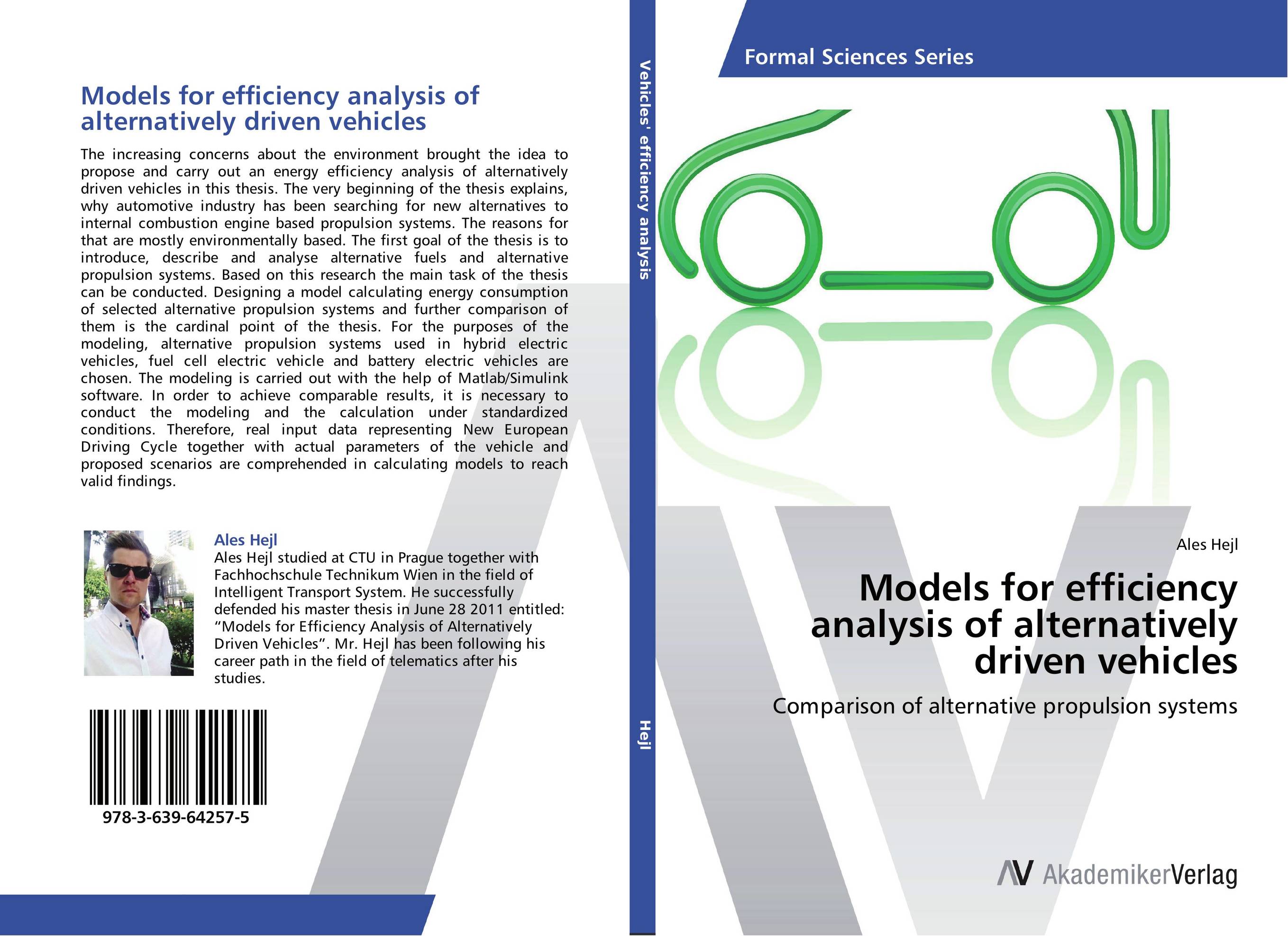| Поиск по каталогу |
|
(строгое соответствие)
|
- Профессиональная
- Научно-популярная
- Художественная
- Публицистика
- Детская
- Искусство
- Хобби, семья, дом
- Спорт
- Путеводители
- Блокноты, тетради, открытки
Models for efficiency analysis of alternatively driven vehicles. Comparison of alternative propulsion systems

В наличии
| Местонахождение: Алматы | Состояние экземпляра: новый |

Бумажная
версия
версия
Автор: Ales Hejl
ISBN: 9783639642575
Год издания: 2014
Формат книги: 60×90/16 (145×215 мм)
Количество страниц: 108
Издательство: AV Akademikerverlag
Цена: 32173 тг
Положить в корзину
| Способы доставки в город Алматы * комплектация (срок до отгрузки) не более 2 рабочих дней |
| Самовывоз из города Алматы (пункты самовывоза партнёра CDEK) |
| Курьерская доставка CDEK из города Москва |
| Доставка Почтой России из города Москва |
Аннотация: The increasing concerns about the environment brought the idea to propose and carry out an energy efficiency analysis of alternatively driven vehicles in this thesis. The very beginning of the thesis explains, why automotive industry has been searching for new alternatives to internal combustion engine based propulsion systems. The reasons for that are mostly environmentally based. The first goal of the thesis is to introduce, describe and analyse alternative fuels and alternative propulsion systems. Based on this research the main task of the thesis can be conducted. Designing a model calculating energy consumption of selected alternative propulsion systems and further comparison of them is the cardinal point of the thesis. For the purposes of the modeling, alternative propulsion systems used in hybrid electric vehicles, fuel cell electric vehicle and battery electric vehicles are chosen. The modeling is carried out with the help of Matlab/Simulink software. In order to achieve comparable results, it is necessary to conduct the modeling and the calculation under standardized conditions. Therefore, real input data representing New European Driving Cycle together with actual parameters of the vehicle and proposed scenarios are comprehended in calculating models to reach valid findings.
Ключевые слова: Environment, Modeling, model, consumption, energy efficiency, battery electric vehicle, Fuel Cell Electric Vehicle, alternatively driven vehicles, internal combustion engine, propulsion system, hybrid electric vehicle



